The long game
A history of The Open, the oldest contest in golf
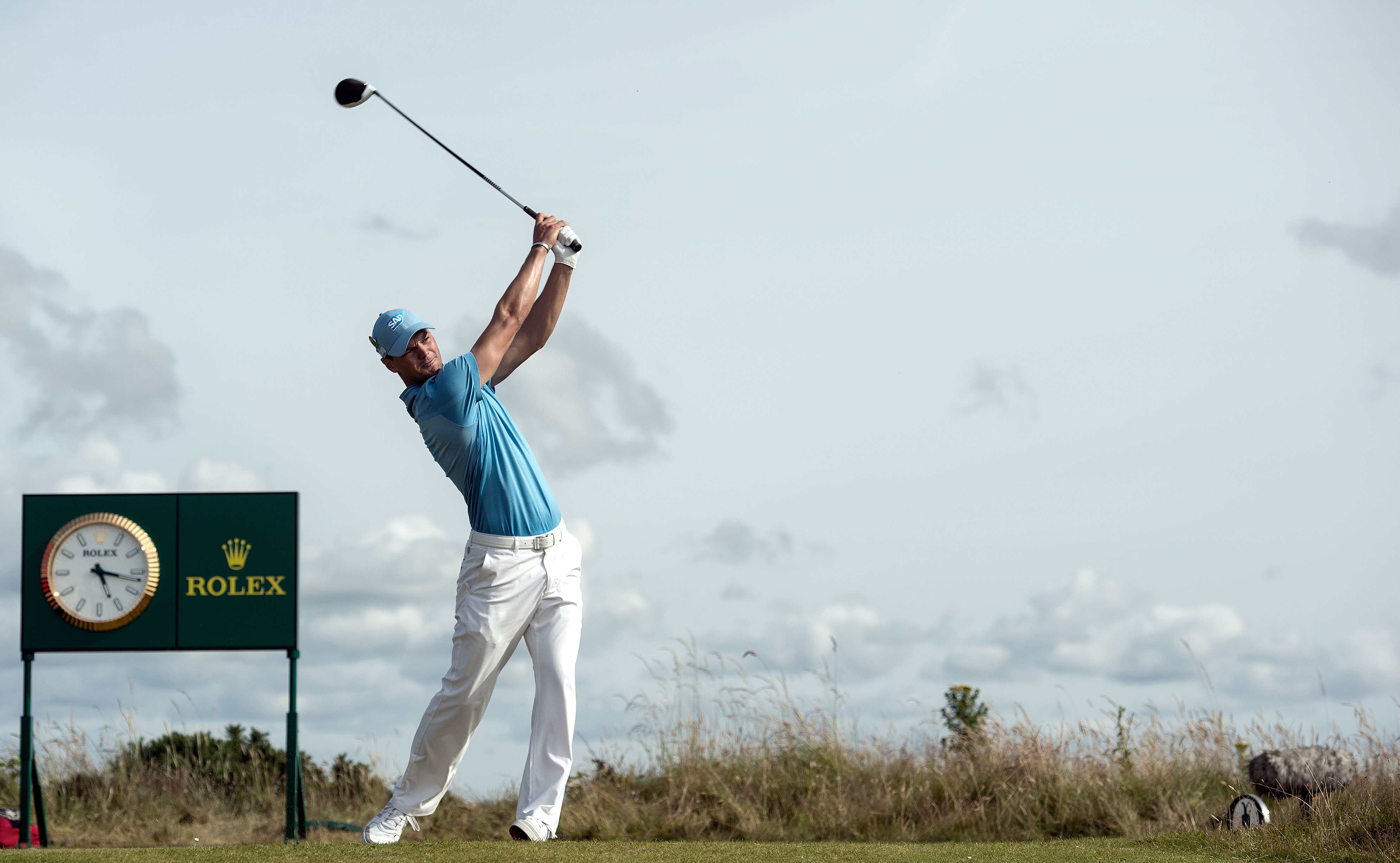
The Open Championship, more often known simply as The Open, is the oldest competition in golf - and one of the oldest in any world sport.
The first tournament, in 1860, hardly lived up to its name: open only to invited professionals, it was contested by just eight players. Its purpose, according to the tournament's official history, was to identify the best golfer in the world following the death in 1859 of Allan Robertson, a golf club-maker from St Andrews "who, without question, had been the greatest player of his time".
The aim remains true today, nearly 160 years later, even if the tournament itself has been utterly transformed. A field of more than 125 players, including amateurs and professionals, will seek to prove themselves the world's greatest golfer at the 146th Open at Royal Birkdale this summer.
The Week
Escape your echo chamber. Get the facts behind the news, plus analysis from multiple perspectives.

Sign up for The Week's Free Newsletters
From our morning news briefing to a weekly Good News Newsletter, get the best of The Week delivered directly to your inbox.
From our morning news briefing to a weekly Good News Newsletter, get the best of The Week delivered directly to your inbox.
The origin story
In the mid-Victorian era of The Open's foundation, being paid to play sport was not really the done thing. "Professionals were essentially caddies," says the Daily Telegraph, and the new tournament "was a mere addendum" to the more respectable pursuits of the gentleman amateurs.
Played on a single day over three rounds of 12 holes each at the Prestwick golf club in western Scotland, it was won by Willie Park Snr of Musselburgh, near Edinburgh. There was no prize money, but he was awarded the Challenge Belt, a red leather strap with a large silver buckle - like a wrestling prize from a more genteel time.
The second tournament admitted amateurs, but it otherwise changed little in the next ten years. Then, in 1872, The Open established one of its unbroken traditions. After the Challenge Belt was handed permanently to Prestwick's own Tom Morris Jr for a hat-trick of victories, the organising committee commissioned a new trophy and the Claret Jug became the ultimate prize in golf. The first name to be inscribed on it was a familiar one: a certain Tom Morris Jr recorded his fourth and final Open victory, receiving £8 in prize money for the accomplishment. Last year's winner, Henrik Stenson, took home £1.175m.
A free daily email with the biggest news stories of the day – and the best features from TheWeek.com
The Open grew quickly, attracting players from England, Ireland and France. In 1894, it was held outside Scotland for the first time, at Royal St George's in Kent, and by 1898, it had assumed its modern format: four rounds of 18 holes, with a cut half-way through.
From 1920, under the sole stewardship of the Royal and Ancient golf club, The Open began to attract players from further afield, and after World War Two the proportion of Americans, Australian and South Africans increased significantly. Golf was entering a golden era. During the 1960s and early 70s, the Big Three of Arnold Palmer (below), Jack Nicklaus and Gary Player dominated the tournament: Palmer and Player each notched up a pair of wins, while Player went one better.
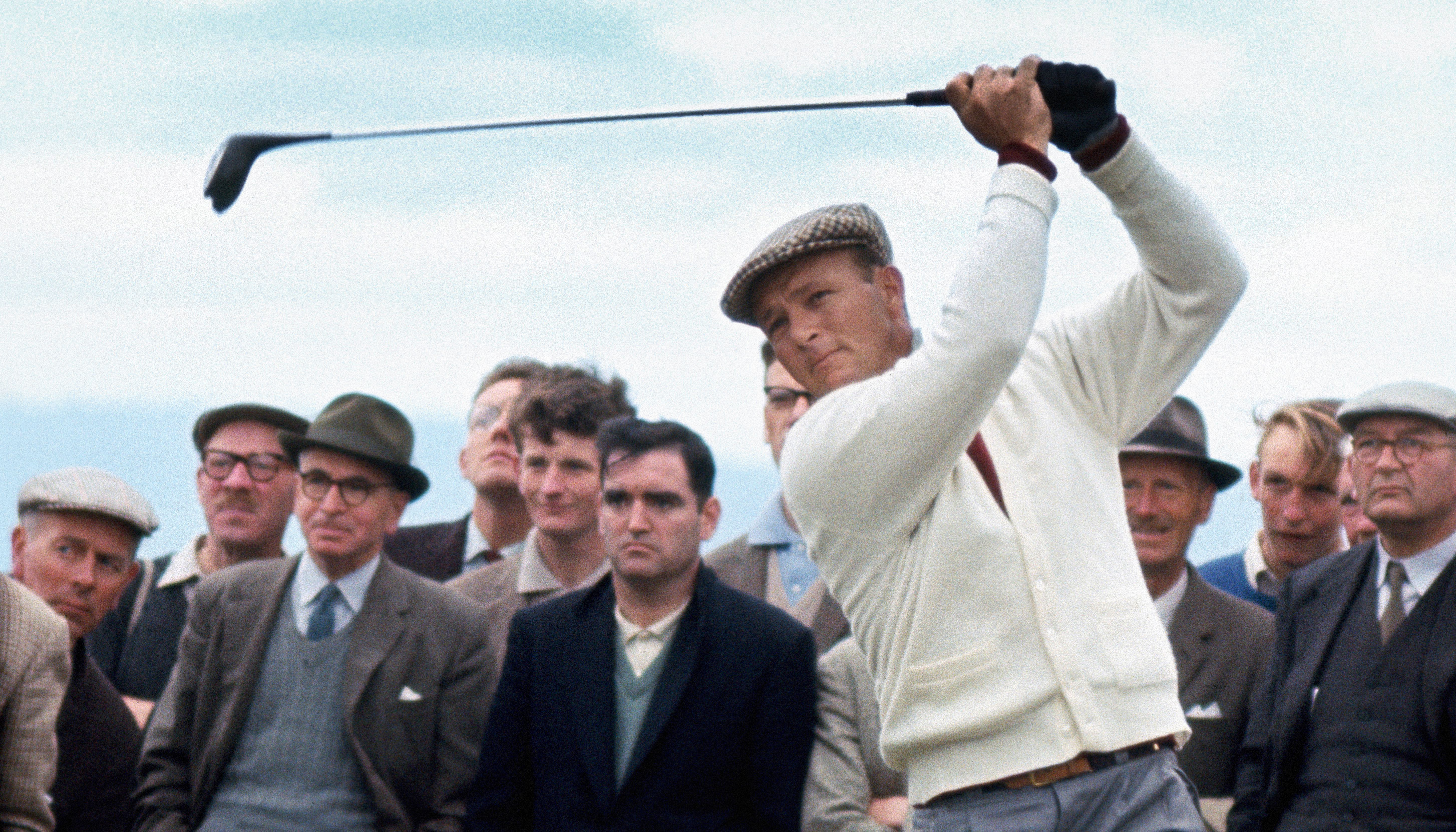
Palmer was credited with bringing golf in general and The Open in particular to a new television audience, especially in the US. "Many American players in the 1950s thought it cost-prohibitive to play overseas, but Palmer considered the British Open an essential cog in the modern Grand Slam," says the Los Angeles Times.
For other players, it is the Grand Slam. "The Open is a unique event" with a "long history and prestigious reputation", writes Scottish golfer Colin Montgomerie in the Encyclopaedia Britannica. "Unlike the play of other majors - which are typically contested in sunny locales in the United States - the outcome of The Open is often influenced by the weather. On a links course, morning and afternoon tee times can produce vastly different playing conditions, depending on the breeze that comes in off the sea."
This summer at Royal Birkdale, the world's best golfers will assemble once again to pit themselves not just against each other and the great British weather, but also to seek their place in a story that spans three centuries
Rolex and golf
When Palmer became a Rolex Testimonee in 1967, it was the start of a relationship between golf and the luxury watch company that still flourishes half a century later..
By the late sixties Palmer was an international icon, arguably the best-known golfer on the planet and the man who had brought his sport into the modern era. In the eyes of the world, he had come to represent innovation, excellence and sportsmanship - the perfect match for a watchmaking brand that had always embraced those qualities.
The connection between Rolex and golf did not end there. In the same year, 1967, Nicklaus and Player - the other two members of golfing's "Big Three" - also became Testimonees. While Player is remembered today for his drive to excel, securing nine Major wins, Nicklaus was the embodiment of precision and reliability accumulating an unsurpassed 19 Major titles. As with Palmer, so Nicklaus and Player reflected Rolex's own ethos and values.
'Passionately associated with the game'
Rolex's association with The Open began in 1981, when it became the official timekeeper of the tournament. The company had deepened its connections with golf the previous year, becoming a partner of the United States Golf Association, the game's governing body in the US, and the Ladies Professional Golf Association. It is now also team partner for the Ryder Cup, the Solheim Cup and the Presidents Cup, and earlier this year it launched the Rolex Series, consisting of eight tournaments on the European Tour.
"I can't think of a company that is more globally and passionately associated with golf," says USGA Executive Director Mike Davis. "Rolex support permeates the core of golf." That view is echoed by Martin Slumbers, chief executive of the Royal and Ancient. "Our unwavering relationship has actively supported the growth of the modern game and encouraged its development around the world," he says.
Inspiring a new generation
In the course of its 50-year association with golf, Rolex has married an appreciation of the traditions at the game's core with an awareness that the sport must evolve in order to maintain its grip on the public's imagination. It is no accident that the list of Rolex Testimonees - including Tom Watson, Phil Mickelson, Annika Sorenstam (below) and Tiger Woods - reads like a roll call of golf's great innovators.
That commitment to fostering new talent is seen in the new generation of players born in the 1980s and 1990s. Rolex Testimonees including Jordan Speith, Jason Day, Hideki Matsuyama, Adam Scott and Rickie Fowler will all be striving to assert their authority at Royal Birkdale this summer, inspiring future generations just as they themselves were inspired by icons of the game.
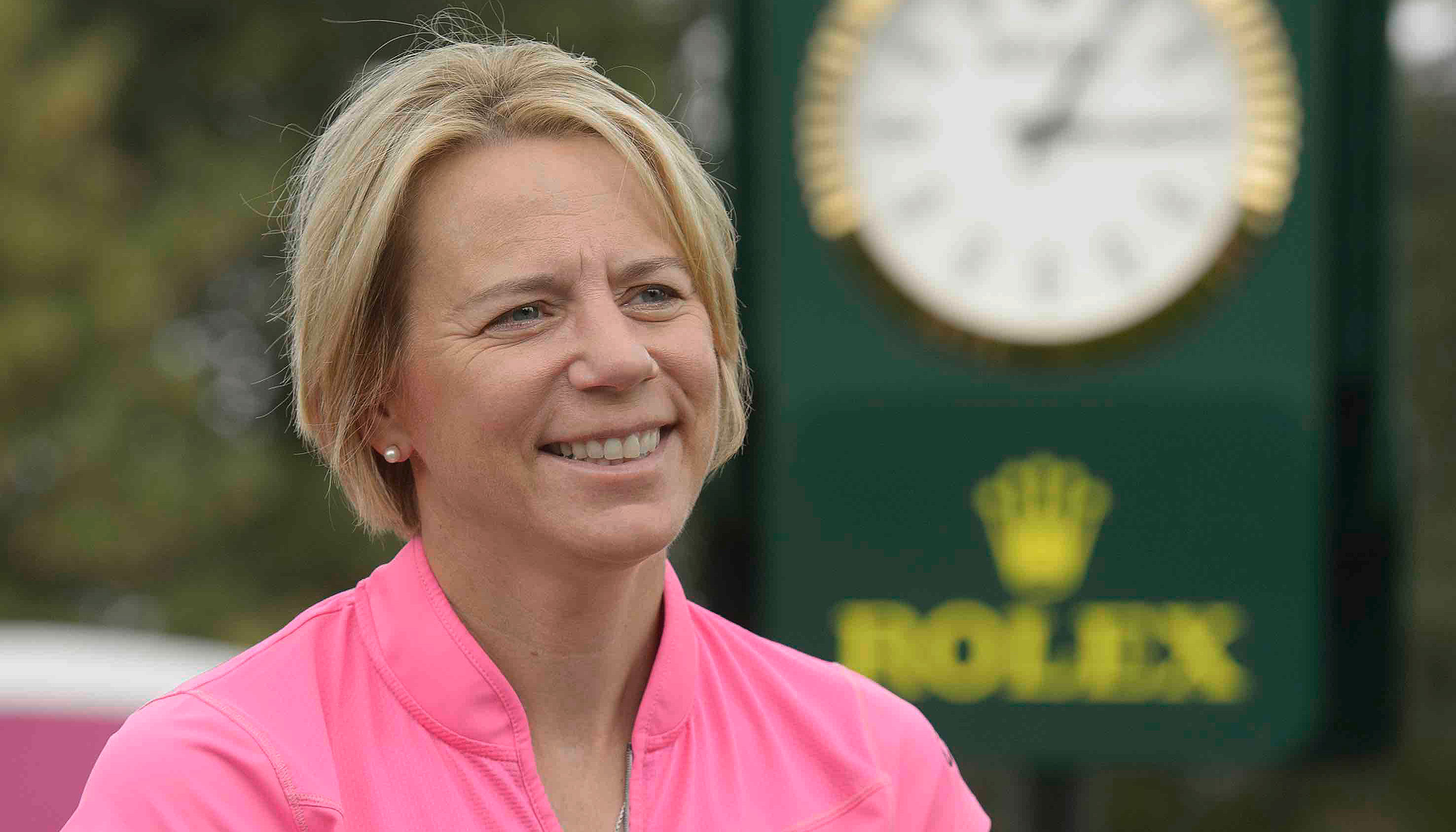
-
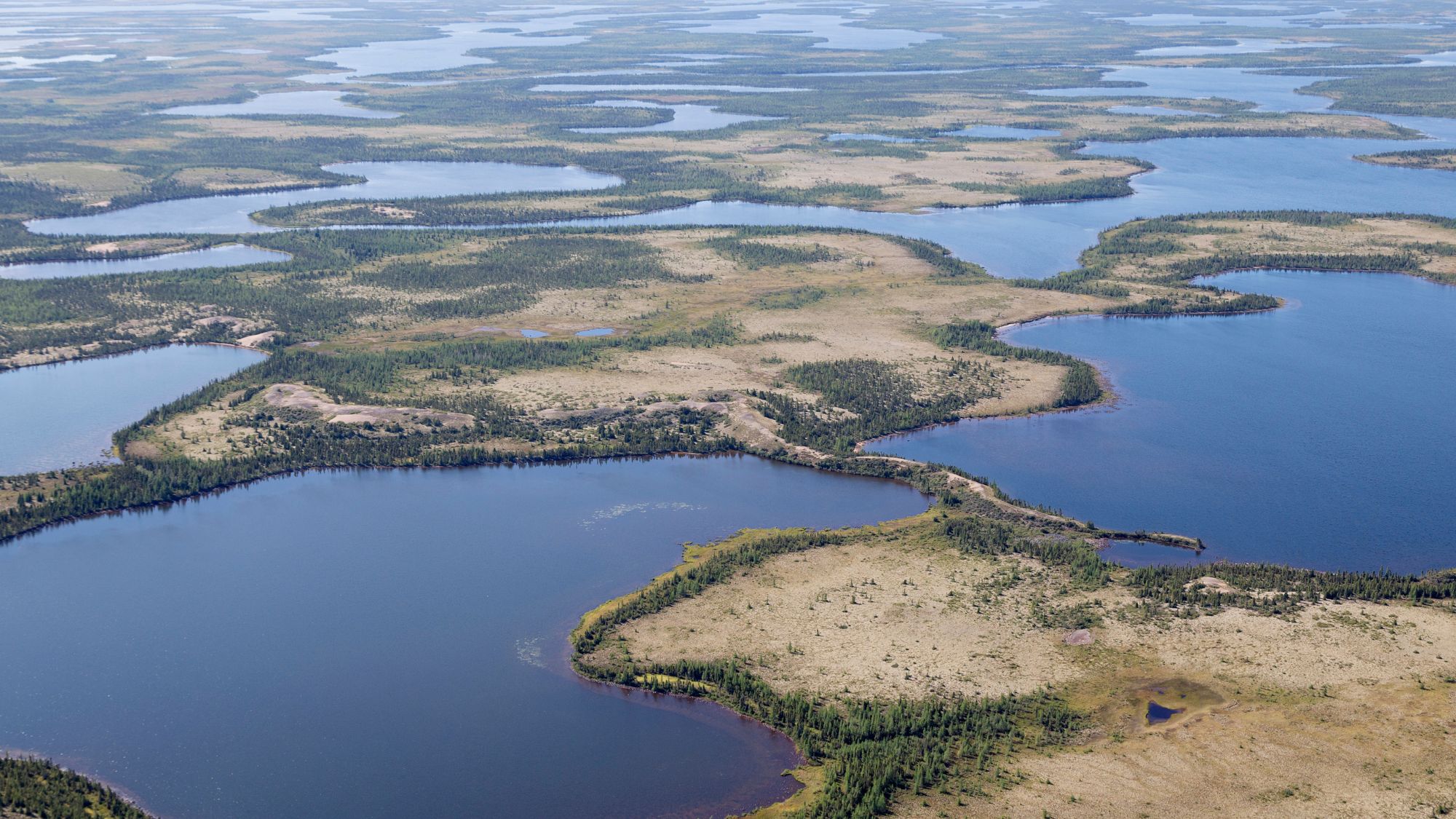 Heavenly spectacle in the wilds of Canada
Heavenly spectacle in the wilds of CanadaThe Week Recommends ‘Mind-bending’ outpost for spotting animals – and the northern lights
-
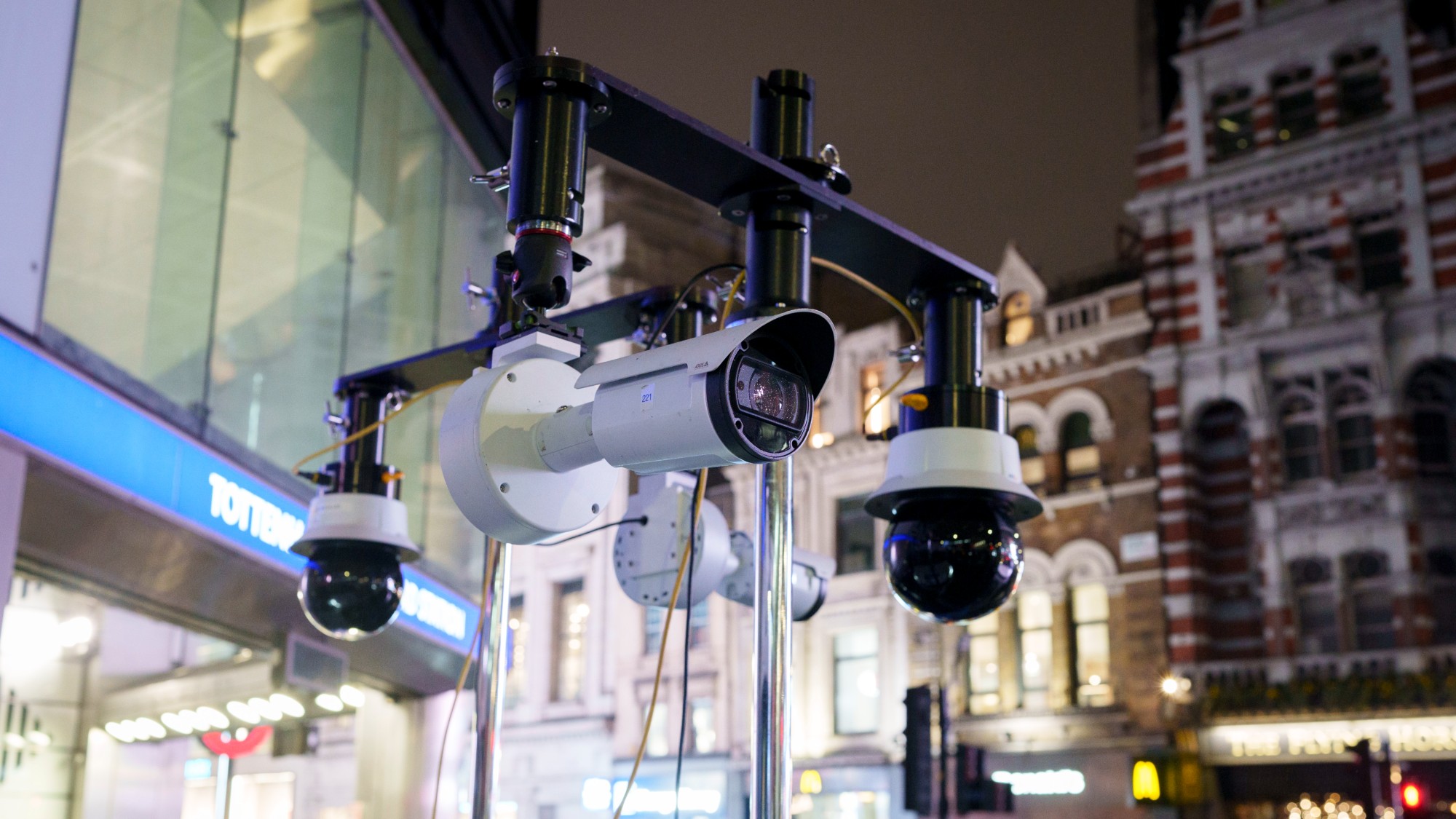 Facial recognition: a revolution in policing
Facial recognition: a revolution in policingTalking Point All 43 police forces in England and Wales are set to be granted access, with those against calling for increasing safeguards on the technology
-
 Sudoku hard: December 14, 2025
Sudoku hard: December 14, 2025The daily hard sudoku puzzle from The Week
-
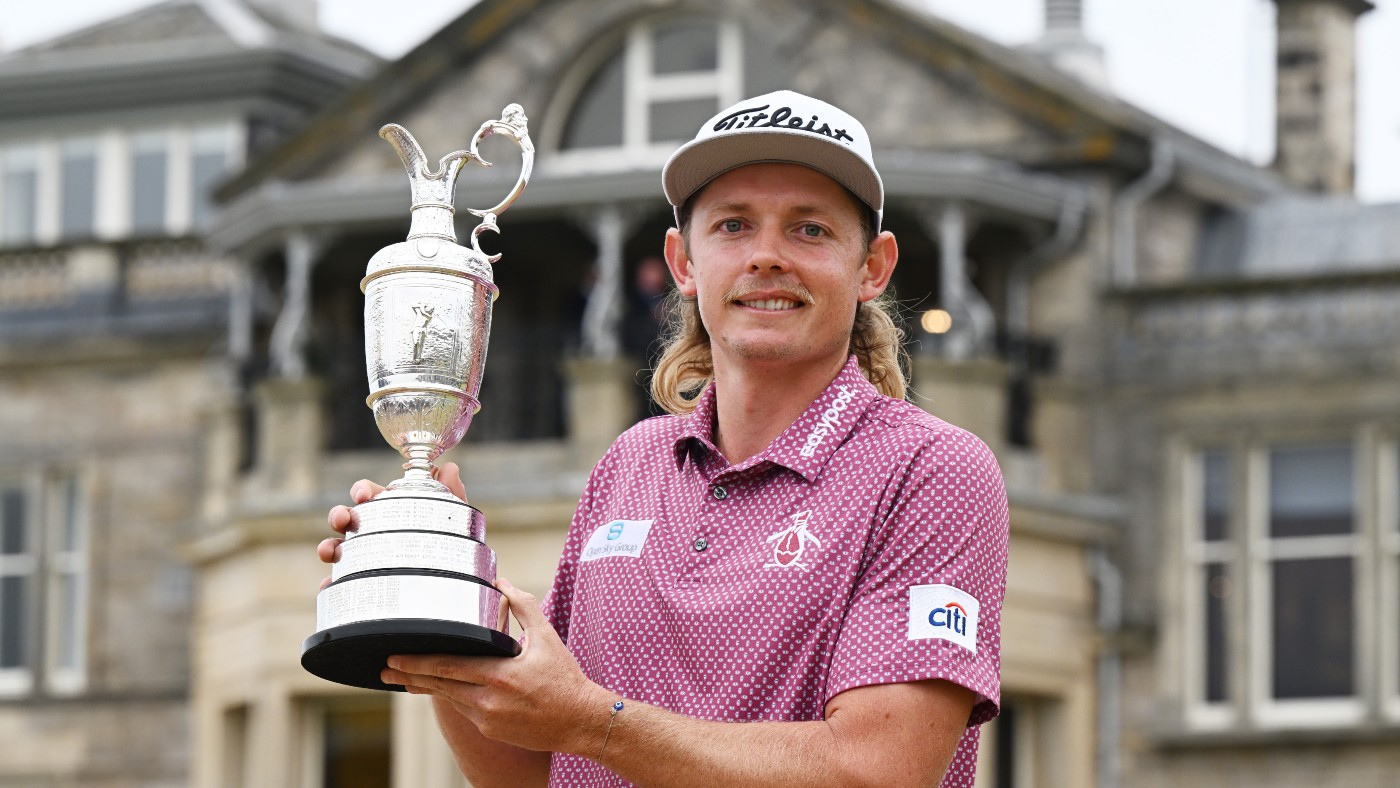 Cameron Smith: Aussie ‘mullet man’ storms to victory at The Open
Cameron Smith: Aussie ‘mullet man’ storms to victory at The OpenIn the Spotlight Smith secured his first major title after holding off Cameron Young and Rory McIlroy at St Andrews
-
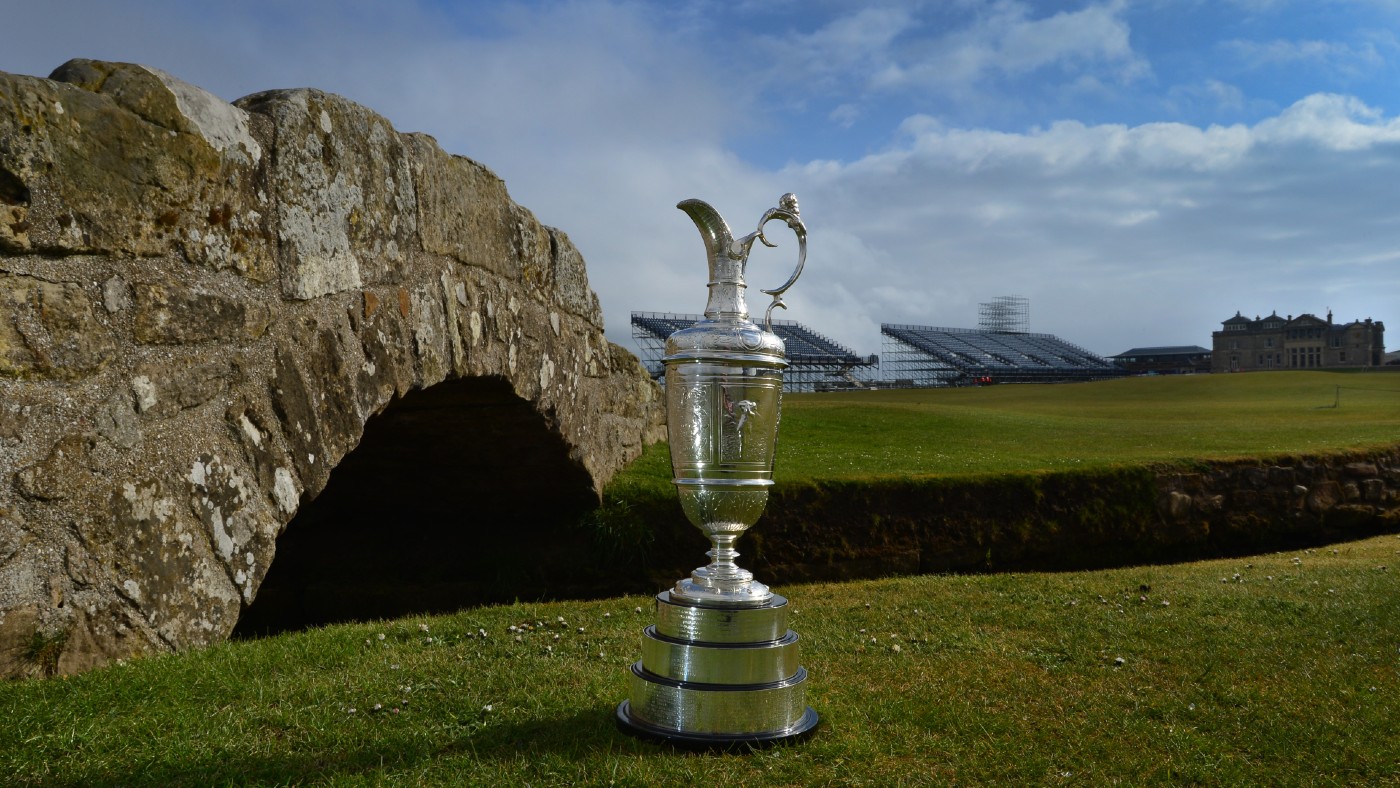 The Open 2022: predictions, players to watch, tee-times and TV
The Open 2022: predictions, players to watch, tee-times and TVIn Depth The 150th edition takes place at the home of golf – St Andrews in Scotland
-
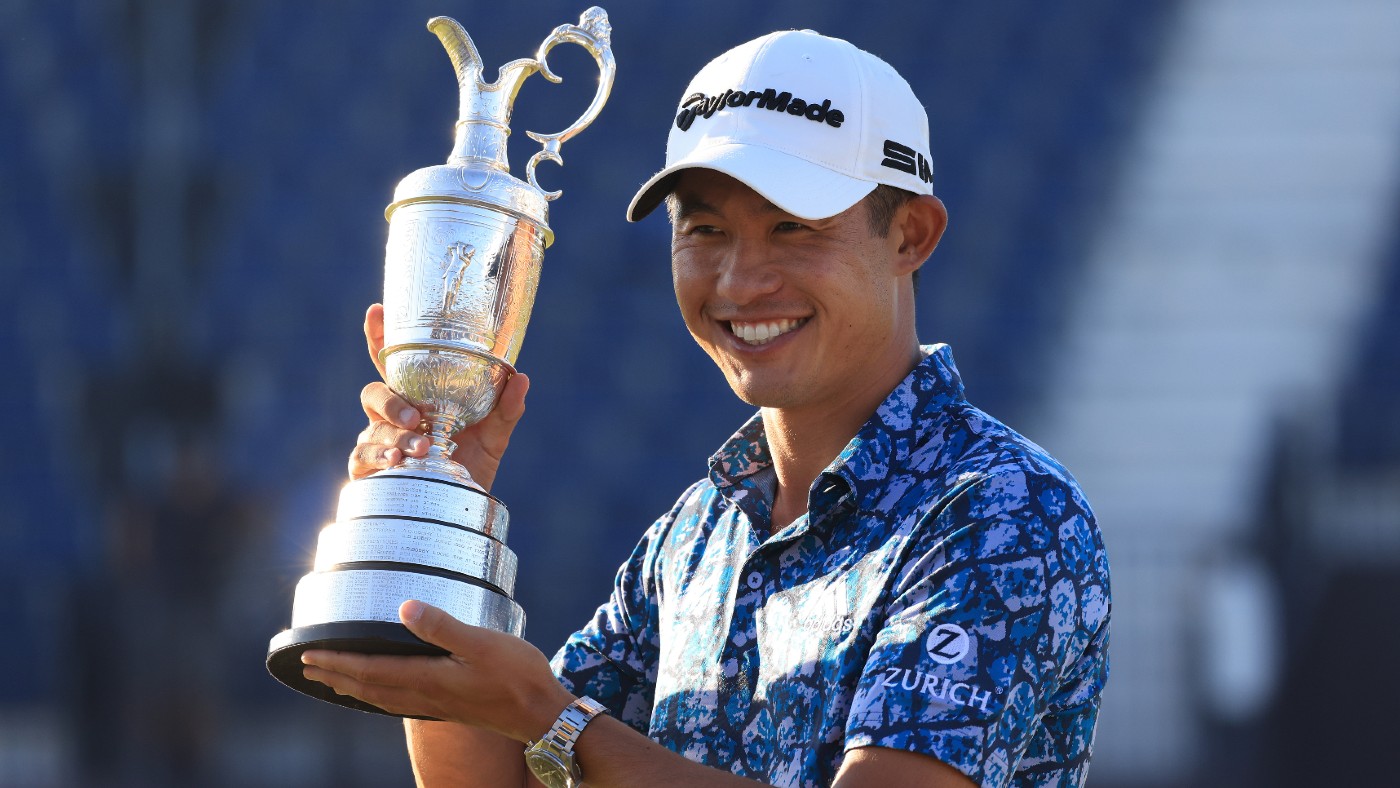 Collin Morikawa: The Open champion is ‘on course for greatness’
Collin Morikawa: The Open champion is ‘on course for greatness’In the Spotlight Californian became the only golfer to win two majors on a debut attempt
-
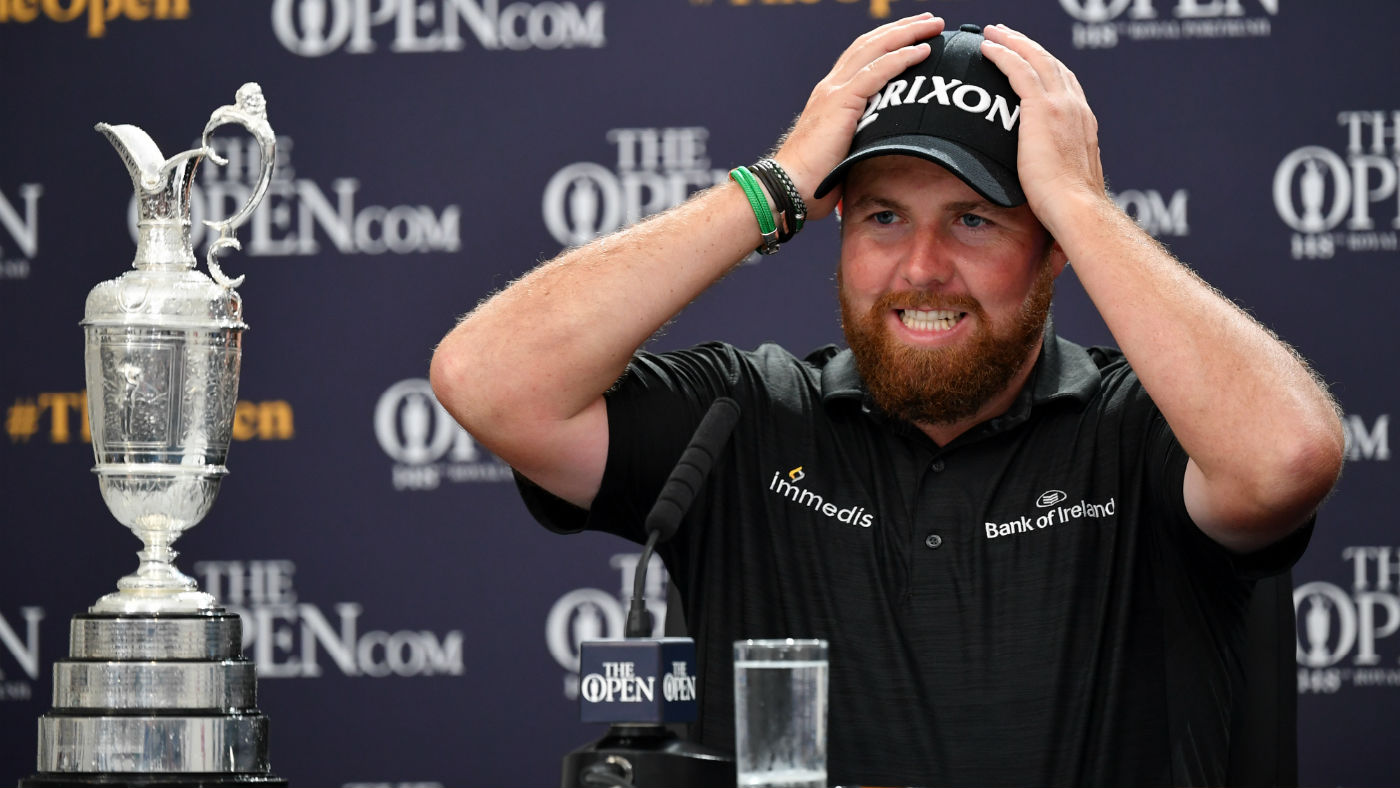 The Open: out of body experience and out of this world for Shane Lowry
The Open: out of body experience and out of this world for Shane LowryIn Depth Irish golfer lifts the Claret Jug in front of a raucous crowd at Royal Portrush
-
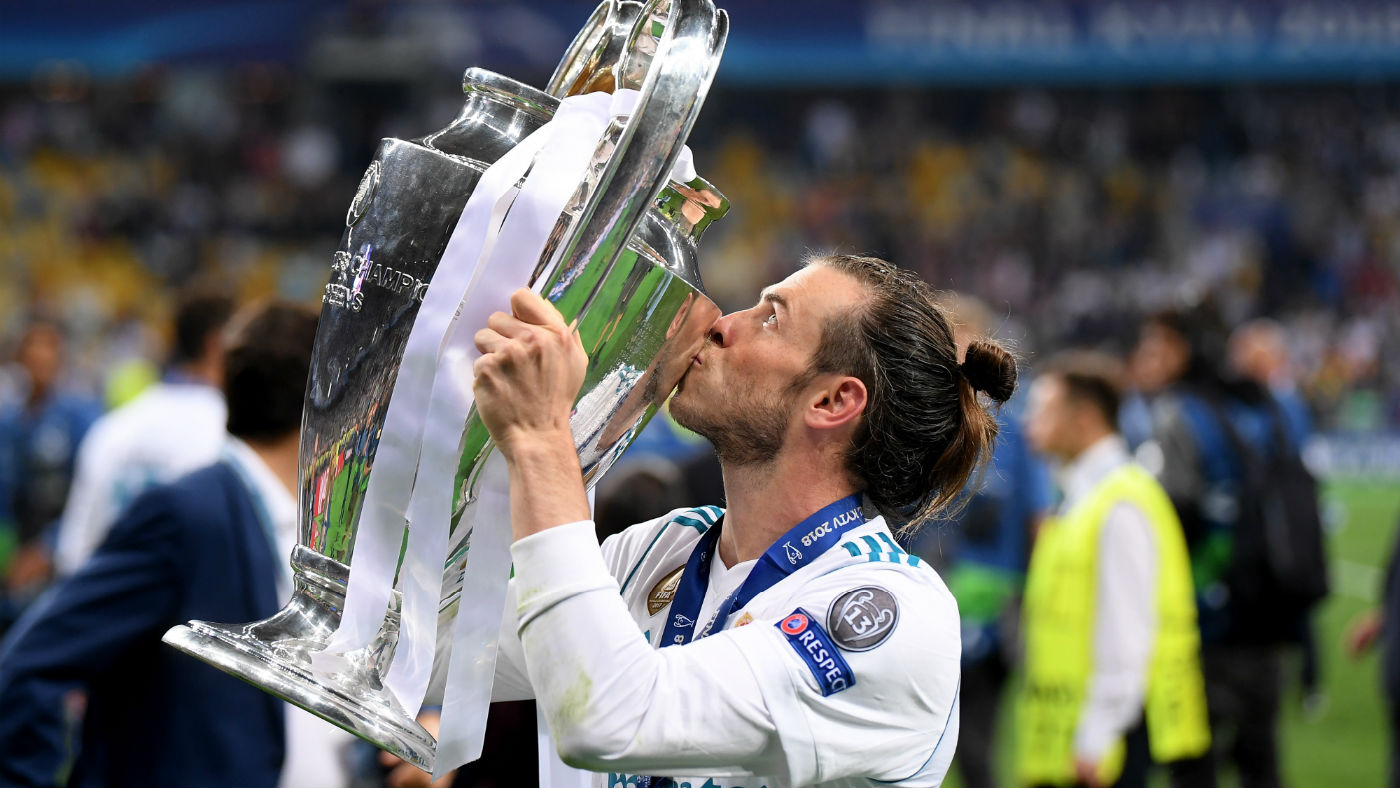 Today’s back pages: Gareth Bale’s £1m-a-week offer and Shane Lowry’s Open glory
Today’s back pages: Gareth Bale’s £1m-a-week offer and Shane Lowry’s Open glorySpeed Read A round up of the sport headlines from UK newspapers on 22 July
-
 Today’s back pages: Rory McIlroy’s misery after meltdown at The Open
Today’s back pages: Rory McIlroy’s misery after meltdown at The OpenSpeed Read A round up of the sport headlines from UK newspapers on 19 July
-
 The Open 2019: predictions, betting odds and TV guide
The Open 2019: predictions, betting odds and TV guideThe Week Recommends Rory McIlroy is favourite to win the golf major on home soil
-
 Today’s back pages: McIlroy and Woods gear up for The Open
Today’s back pages: McIlroy and Woods gear up for The OpenSpeed Read A round up of the sport headlines from UK newspapers on 17 July